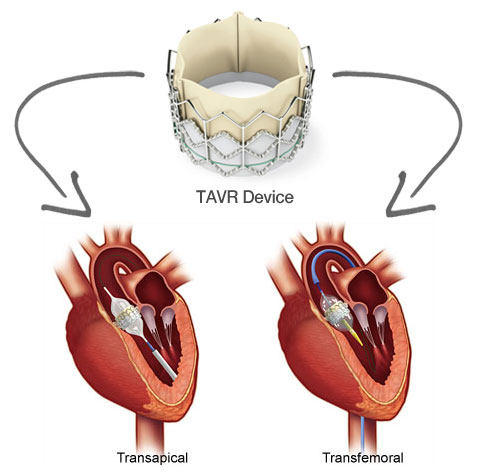
A transplant type protocol for treating Lupus nephritis has
arrived. This makes a lot of sense as recurrence post transplant of Lupus nephritis is very low.
If we had just used MMF alone with steroids, most lupus might have recurred in transplant but we use CNI + MMF in most cases or some equivalent of those agents. In addition, transplant patients get induction with thymoglobulin like agents and perhaps’ it those agents that keep lupus under control. A new study in Annals of internal medicine used this multitarget approach to attack lupus nephritis and directly compared to IV cytoxan given monthly.
If we had just used MMF alone with steroids, most lupus might have recurred in transplant but we use CNI + MMF in most cases or some equivalent of those agents. In addition, transplant patients get induction with thymoglobulin like agents and perhaps’ it those agents that keep lupus under control. A new study in Annals of internal medicine used this multitarget approach to attack lupus nephritis and directly compared to IV cytoxan given monthly.
To summarize:
It was a 24 week randomized open label multicenter trial in
China in adults with biopsy proven lupus nephritis. One arm received tacrolimus and MMF and the other
got monthly IV cytoxan for 6 months. Both got pulse steroids and PO
steroids. After 6 months, more patients
in the tacro+MMF group showed complete remission and there was a higher
response rate in a shorter period of time.
In addition, less adverse events were noted in the MMF+tacro arm as
well.
Few things to ponder on:
1.
This worked in a cohort of Chinese patients;
will this work in AA, whites and others?
2.
Most of our patients present sometimes with
rising creatinine and it might be concerning to place them on CNIs as well in
that setting, but we do in many transplant cases..
3.
Most of these studies include the prior ALMS and
so forth never include the sick of the sickest with crescentic GN. Those might still require IV cytoxan.
4.
Also, this study had a 6 month follow up. Long term data might be needed for toxicity
profile as well.
Overall, encouraging and worth considering in US based population. A transplant like multi drug protocol for lupus nephritis makes sense. What’s next? Thymo for lupus nephritis?



